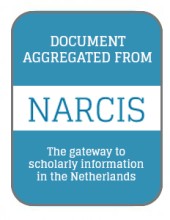Land Library
Welcome to the Land Portal Library. Explore our vast collection of open-access resources (over 74,000) including reports, journal articles, research papers, peer-reviewed publications, legal documents, videos and much more.
/ library resources
Showing items 1 through 9 of 26.Countries in Southeast Asia have been developing quickly from a predominantly rural to predominantly urban society, leading to a rapid increase in urban land. This increase in urban land has mainly occurred in river deltas and floodplains, exposing humans and human assets to flood hazard.
Few longitudinal studies link agricultural biodiversity, land use and food access in rural landscapes. In this paper, we test the hypothesis that, in a context of economic change, cash crop expansion is associated with deforestation, reduced agrobiodiversity and changes in food access.
Changes in the amount and location of cropland areas may affect the potential crop production at different spatial scales. However, most studies ignore the impacts of cropland displacement on potential crop production.
Propelled by rapid urbanization, city administrations in low-and middle-income countries face a raft of challenges to secure food and nutrition for its poor urban dwellers.
A wide variety of settlement systems exist, ranging from small villages to large metropolises. However, spatial analyses are typically confined to the mere presence or absence of built-up land and the changes therein, while more subtle differences between various settlement systems are ignored.
Urban land and rural land are typically represented as homogenous and mutually exclusive classes in land change analyses. As a result, differences in urban land use intensity, as well as mosaic landscapes combining urban and rural land uses are not represented.
Land use and land cover change is a critical factor of ecosystem services, while water yield plays a vital role in sustainable development. The impact of urban expansion on water yield has long been discussed, but water yield change resulting from cropland protection is seldom concerned.
This open access book examines more than two centuries of societal development using novel historical and statistical approaches. It applies the well-being monitor developed by Statistics Netherlands that has been endorsed by a significant part of the international, statistical community.


